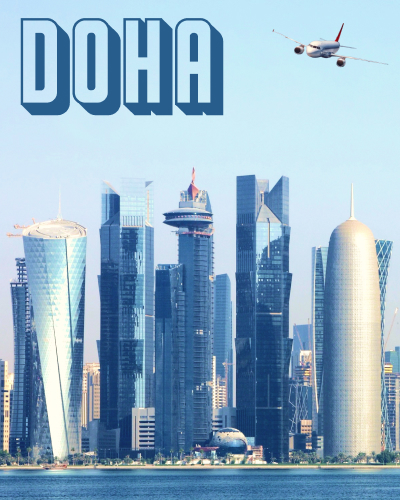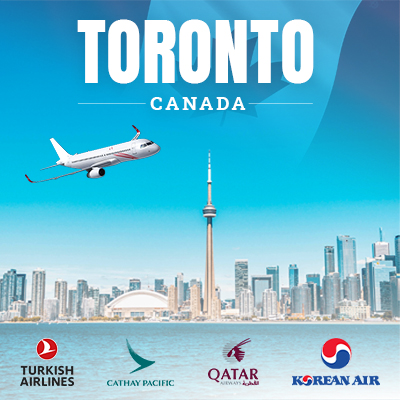Mera Peak difficulty
Mera peak is the highest trekking peak in Nepal. The climbing route is not technically difficult, so this peak is one of the ideal options for new climbers. With some climbing training and proper acclimatization, one can climb Mera peak without any issues.
You have to be prepared physically and mentally to be at a high altitude in one of the world's remotest parts. Even though Mera peak lets you skip the advanced climbing part, the long walking hours and limited facilities make the overall journey challenging.
The terrain is rough and steep. There are long ascends & descends involved along the trekking route. You can do Mera peak climbing smoothly with a properly planned itinerary and an experienced climbing crew.
Altitude Sickness
Altitude sickness occurs when people are not used to high altitudes, and they quickly go from a lower elevation to a higher elevation (2,500m or above). You do not have to worry about altitude sickness because we have ample rest days in our Mera peak climbing itinerary.
Our crew will make sure your body sees a constant increase in elevation every day and adjust properly before pushing towards high camps.
Some early symptoms of altitude sickness you should know are difficulty in breathing, insomnia, headache, no appetite, dizziness, etc. Walk at your pace, eat nutritious food, and drink plenty of water. Do not smoke or drink anything with alcohol.
Training for the Mera Peak climbing
To climb Mera Peak, first, you have to be an experienced trekker, and second, you have to give yourself a minimum of 4 to 6 weeks for the training period. Previous high altitude trekking up to 5,500 m will help you a lot in acclimatization and long walking hours (6-8 hours).
Training on endurance and strength is crucial. Building core calves will prepare your legs for uphill walks. You can even cycle uphill or swim to build your endurance.
Running will also help you prepare for the expedition. Start with 5 km and increase to 10 km after a month and try running with at least a 7 kgs backpack to build your strength.
Our team will help you with preparation and help you get ready with the needed mindset for the expedition. Similarly, we will help you with packing and buying the necessary clothing/gear for climbing Mera Peak.




